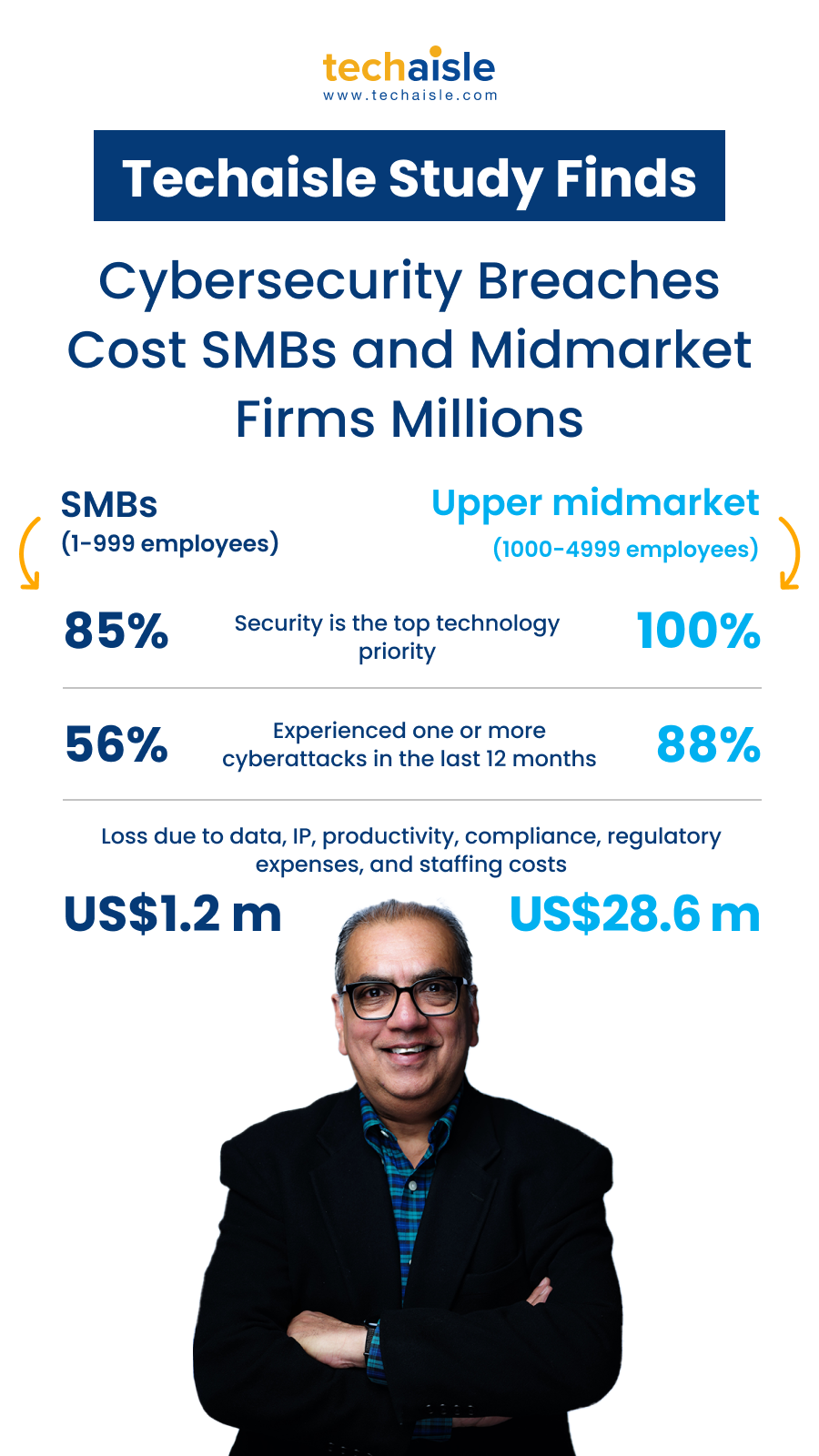If connected cloud is the logical starting point for discussing the essential elements of a connected business platform, connected insights is the discussion’s logical destination. In today's highly competitive business environment, the significance of data has increased exponentially for most types of enterprises, including midmarket organizations and small to medium-sized businesses (SMBs). However, organizations often need help to harness data effectively to achieve desired business outcomes, mainly due to their lack of readiness for analytics. To address this issue, Qlik offers a comprehensive suite of real-time data integration and analytics solutions that seamlessly connect data, insights, and actions.
With over 40,000 active clients, of which 25,000+ are mid-sized businesses, Qlik offers an easy-to-use platform that allows business users to analyze data, gain insights, and make data-driven decisions. It empowers companies to unlock growth opportunities and optimize operations by seamlessly integrating diverse data sources and customizable analytics applications. Moreover, as organizations grow, Qlik's scalable solution can seamlessly handle mounting volumes and complexities of data analysis, making it suitable for midmarket clients and SMBs. Additionally, the company’s capacity pricing model is designed to be affordable, allowing organizations with limited resources to leverage the full potential of its robust analytics capabilities.
Techaisle’s latest research shows that analytics is a top priority for SMBs, with 73% of SMBs, 92% of core midmarket firms, and 99% of upper midmarket firms prioritizing it. In 54% of organizations, IT and business users struggle to manage data growth, while in 59%, IT and data analysts focus on data integration. Developing an ‘evidence-based culture’ is critical in using analytics to achieve business objectives. 39% of firms are working towards enabling a data-driven decision-making culture. Given this data, Techaisle believes that Qlik is well-positioned to meet the needs of midmarket firms.
Data literacy is as crucial in today’s workforce as reading and writing were during the Industrial Revolution. Qlik provides a wide range of free data literacy resources, including various courses available through a consortium with other companies. For organizations looking to enhance their employees’ skills, Qlik offers tailored programs designed in collaboration with Chief Data Officers.
QLIK: DELIVERING DATA TO INSIGHTS TO ACTIONS TO FORESIGHT
The availability of various data sources makes gaining a unified and comprehensive view of a business complex, and integrating data from diverse systems and formats is incredibly challenging for SMBs and midmarket enterprises with limited resources. Recognizing this challenge, Qlik provides a solution that empowers organizations to conduct cross-functional analyses, unveiling hidden insights and correlations that may otherwise remain concealed in data silos.















